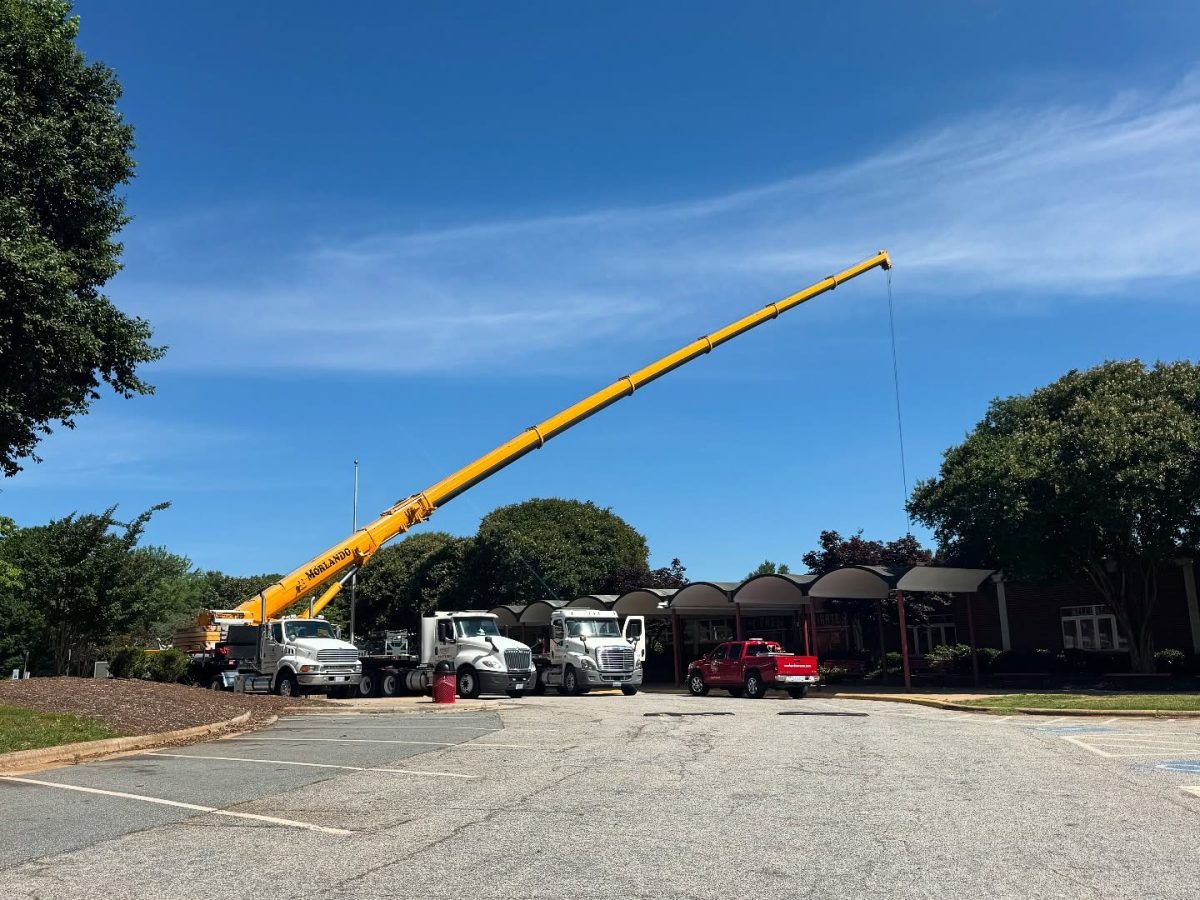Welcome back to Robertson’s Reportings! This week, the GCS Board of Education voted to return middle and high school students to in-person learning beginning on February 22 as a result of the worsening attendance and fail rates in classes and on exams. In a survey of Fall EOC examinations in block high schools throughout the county, Math I performance declined by 18.7 percentage points and Biology performance declined by 17 percentage points. Other subject areas were reviewed, but no other classes had drops as drastic as these. COVID-19 cases have also dropped greatly since mid-January, making the push to return to school even stronger. In the phased reopening plan for high school, ninth graders will return the first week with tenth and twelve graders coming in the next week. Eleventh graders will return the following week. However, Page and the other Guilford County schools will be at 50% capacity, so some students will go to school on Monday and Tuesday while others will go on Thursday and Friday. Wednesdays will remain asynchronous.
There was a 100 car pileup on a Texas road as a result of freezing rain sticking to the ground. At least five people have been confirmed dead, while 36 were transported to local hospitals. North Texas storm chaser Jason McLaughlin stated that the pileup was “one of the [worst] disasters [he has] ever seen in this area.” He posted a picture on Twitter that shows multiple cars crushed and at least three tractor trailers involved in the incident.
Taylor Swift fans are going crazy after she announced that she was re-recording her Fearless album known as “Taylor’s Version.” There are 26 songs on the new album, including six that were never released in the first album. She wrote these songs from the ages of 16-18. Now, at the age of 31, she is singing them once again. She released her first re-recorded song, Love Story, on Thursday.
Astronomers have just confirmed the most distant known object in our solar system. FarFarOut, a rock that was discovered in 2018, is approximately 132 astronomical units (beyond 15 billion km) from the sun. This number is approximately 132 times the distance between Earth and the sun. FarFarOut’s proper name is 2018 AG37, but it has been given its nickname as a result of its properties. Its diameter is approximately 400 kilometers, or about 250 miles, and it is in the trans-Neptunian object category of minor planets. There is a great amount of research to be done, but its record of being the most distant known object in our solar system is a major breakthrough.
See you next time on Robertson’s Reportings, coverage you can count on!










